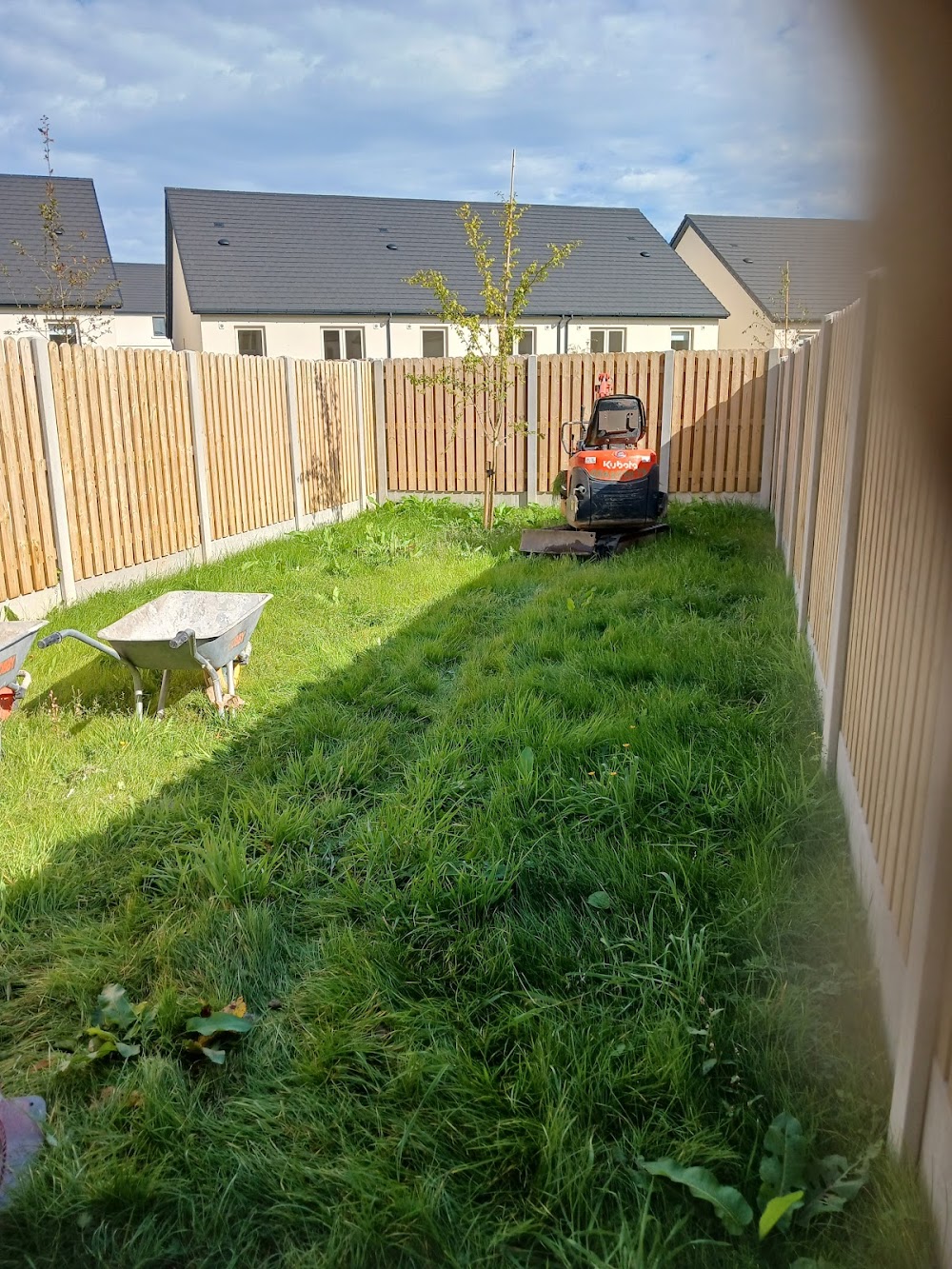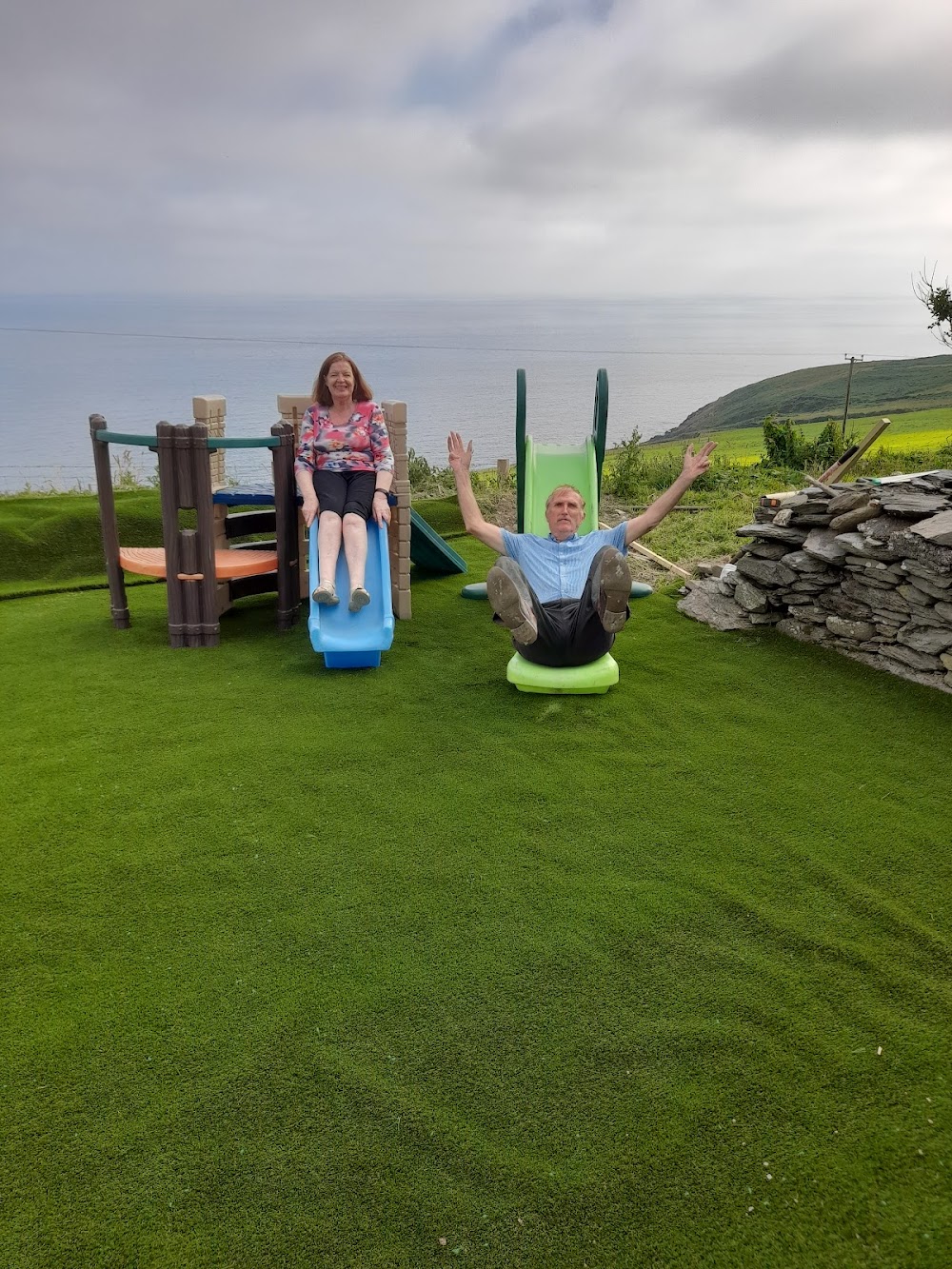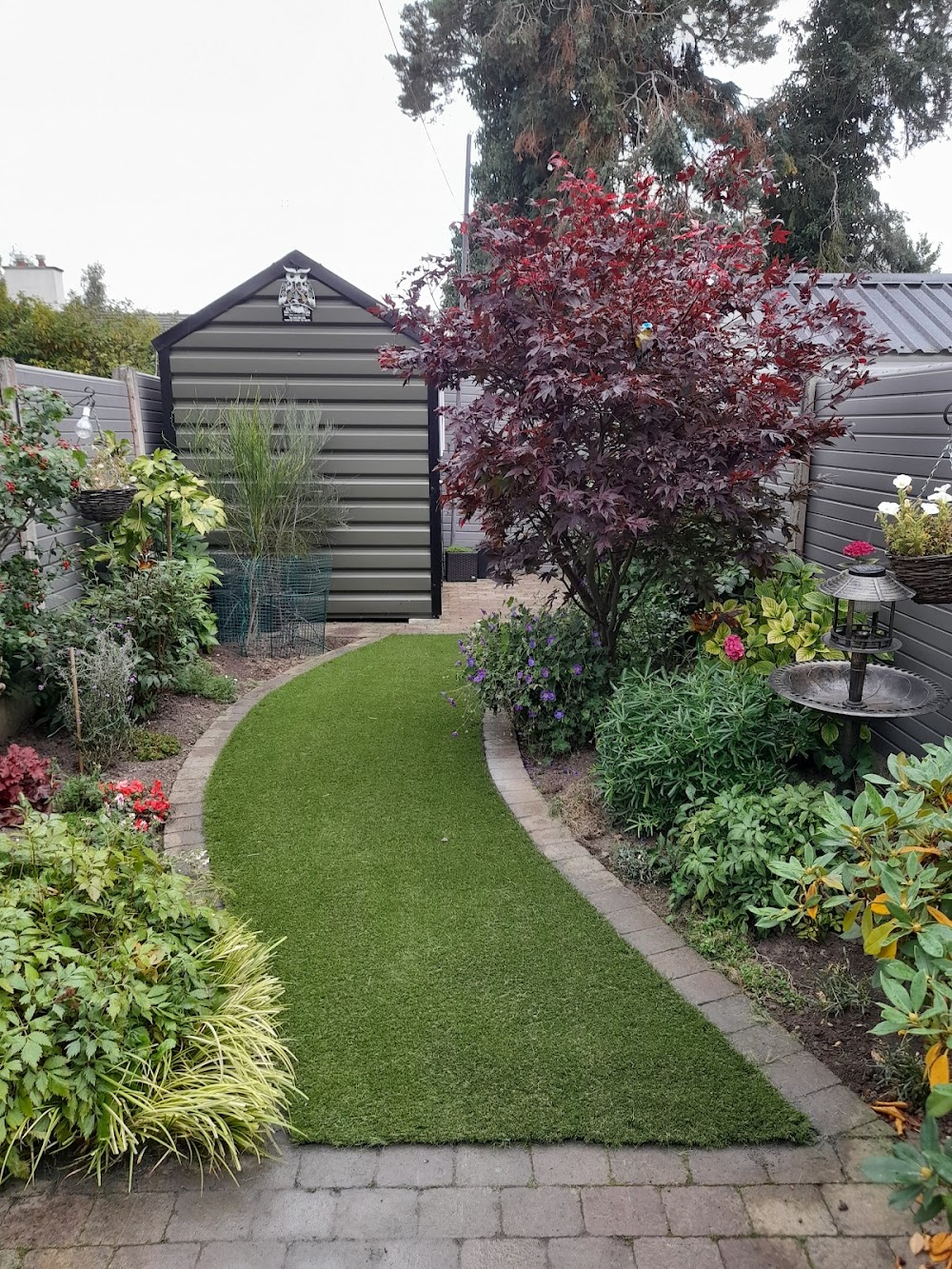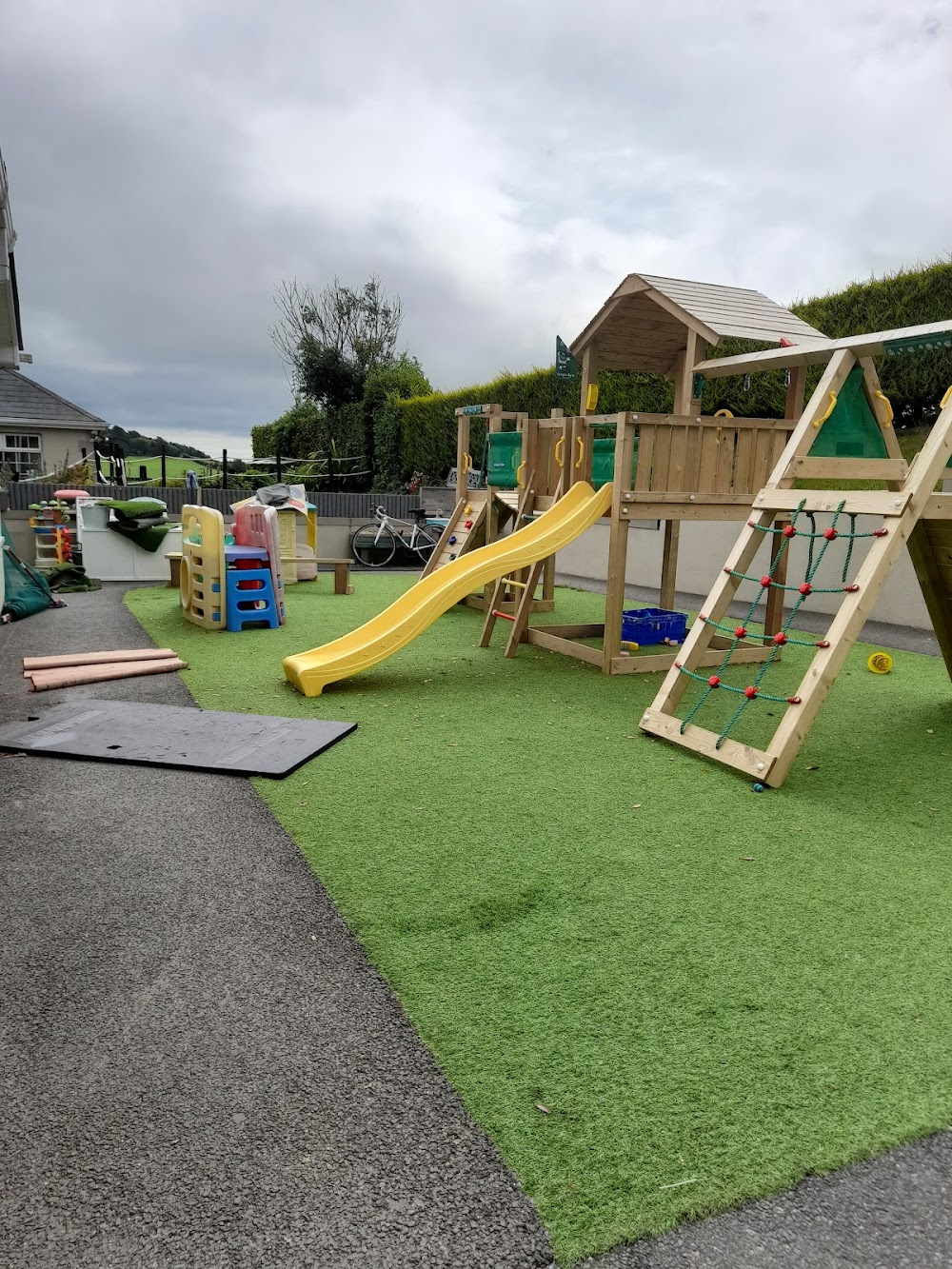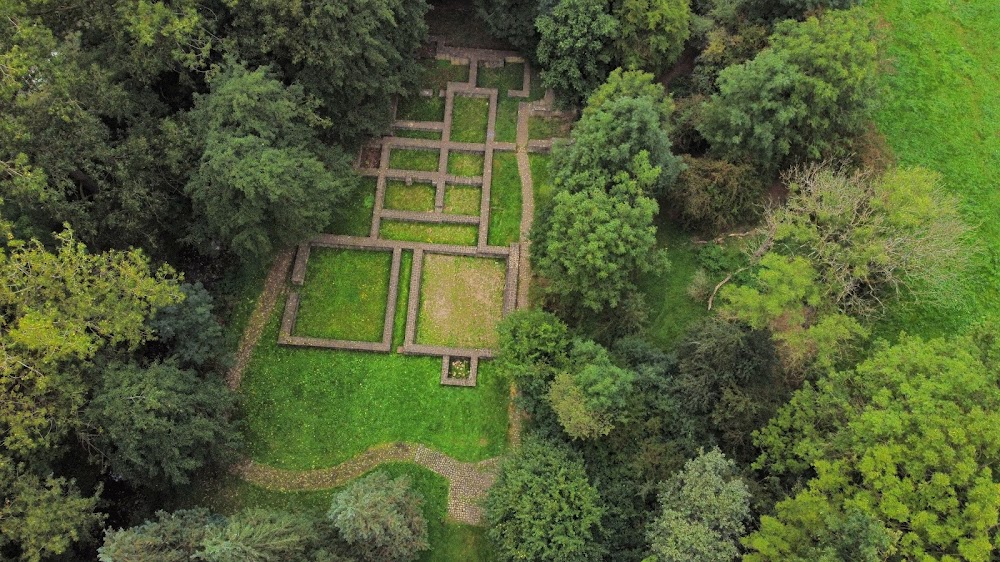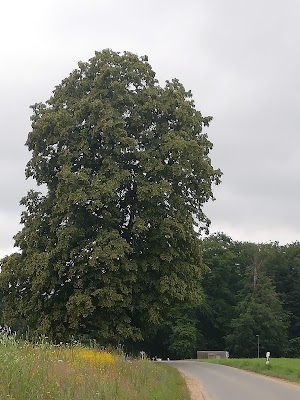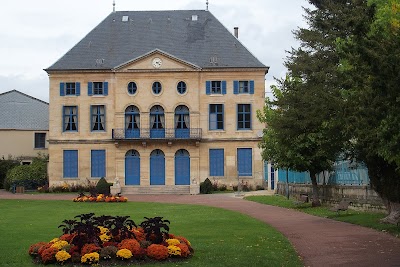Grass Castle (Grass Buerg)
Overview
In the heart of the Canton of Capellen, Luxembourg, where rolling hills and vibrant landscapes captivate the senses, lies an extraordinary landmark known as Castle Grass. This unique structure, unlike any traditional castle, is constructed from artificial grass, creating an intriguing blend of modern innovation and medieval charm.
Castle Grass originated from the visionary mind of landscape architect Elise Bertrand. Her ambition was to meld nature with artifice in a harmonious manner, crafting a space where visitors could experience the surreal contrast between the organic world and human creativity. In 2015, Elise proposed her groundbreaking idea to the local council of Capellen, receiving unanimous approval to bring Castle Grass to life.
The construction of Castle Grass was a remarkable undertaking. The foundation was laid using traditional building methods, with a robust frame made from eco-friendly materials. Steel was chosen for the primary structure to ensure resilience and durability, serving as the skeleton upon which the artificial grass would be meticulously applied.
A pivotal moment in the project was selecting the right type of artificial grass. After extensive research and consultations, a premium synthetic grass was chosen for its durability, realistic appearance, and eco-friendly attributes. This grass is UV-resistant, weatherproof, and designed to emulate the lush look of natural grass, requiring minimal maintenance.
The assembly of the grass onto the framework demanded precision and craftsmanship. Skilled artisans and landscapers secured the synthetic grass to the castle's frame using non-toxic adhesives and sewing techniques, ensuring a safe and enjoyable experience for visitors. Each blade of grass was strategically positioned to create a natural flow, giving the castle an ethereal softness that seamlessly blends with its surroundings.
Castle Grass features multiple floors, each designed for distinct purposes. The ground floor hosts an interactive museum dedicated to educating visitors about sustainable practices and the integration of nature with technology. Through hands-on exhibits, guests can explore topics such as artificial landscapes, renewable resources, and the environmental impact of various construction materials.
The upper levels boast a series of galleries and event spaces, with the Grand Hall being a highlight. This vibrant space showcases art installations and cultural events, establishing itself as a hub for the local art scene. The lush green walls and ceilings immerse visitors in an enchanting atmosphere where the lines between nature and architecture beautifully blur.
The outdoor spaces surrounding Castle Grass are equally captivating. Gardens and pathways feature both real and artificial plants, illustrating the elegant coexistence of synthetic and natural elements. Terraces provide stunning views of the Canton of Capellen, while a serene artificial pond, constructed with eco-friendly materials, adds to the charm with its tranquil reflections.
Community support was instrumental in the success of Castle Grass. Residents of Capellen warmly embraced the project, contributing ideas, resources, and even time. Local schools participated by creating art projects inspired by the castle, many of which are proudly displayed in the museum. Frequent workshops and events at the castle further engage the community and promote environmental awareness.
Castle Grass stands as a testament to the creativity and ingenuity of modern architecture and landscape design. It symbolizes the harmonious fusion of nature with synthetic innovation, offering a sustainable model for future constructions.
Today, Castle Grass draws visitors from around the globe. Its distinctive allure, educational significance, and picturesque setting within the breathtaking Luxembourgian landscape make it a must-visit destination. Elise Bertrand's vision has materialized into a fairy tale castle for the modern age, inspiring awe, reflection, and a profound appreciation for the delicate balance between our natural world and human ingenuity.


